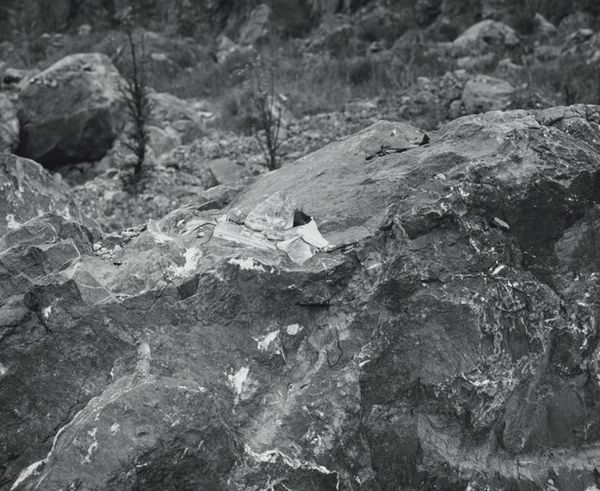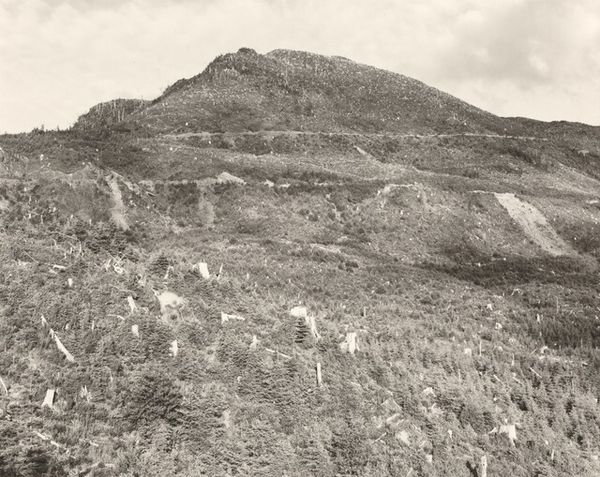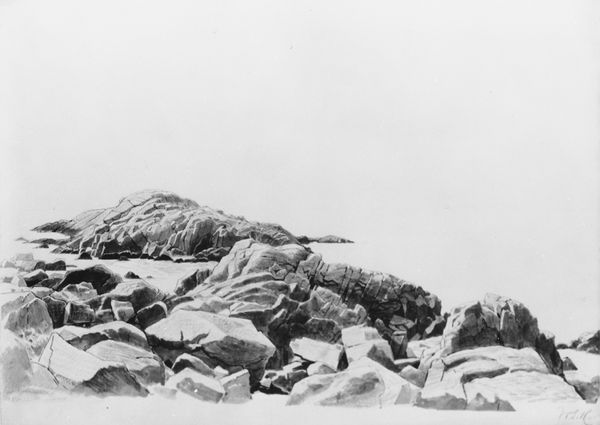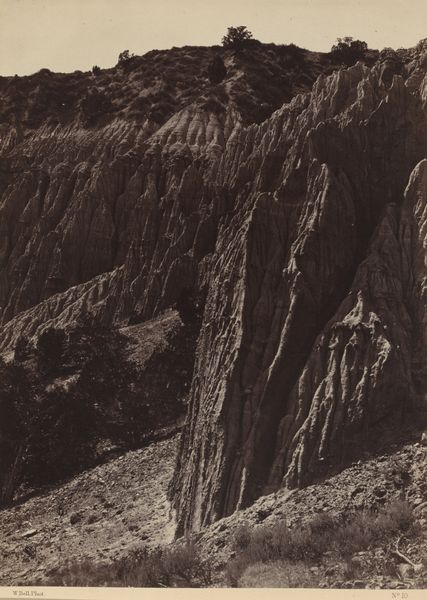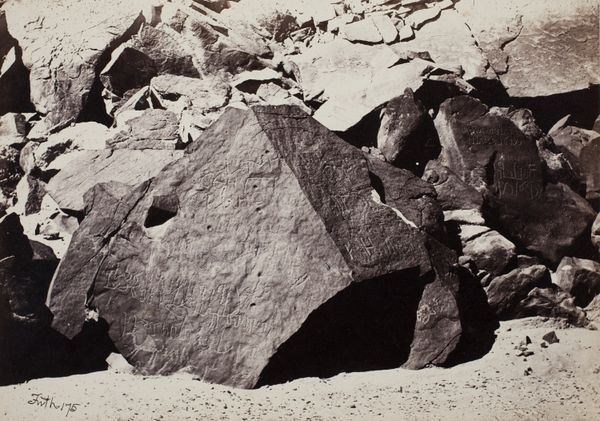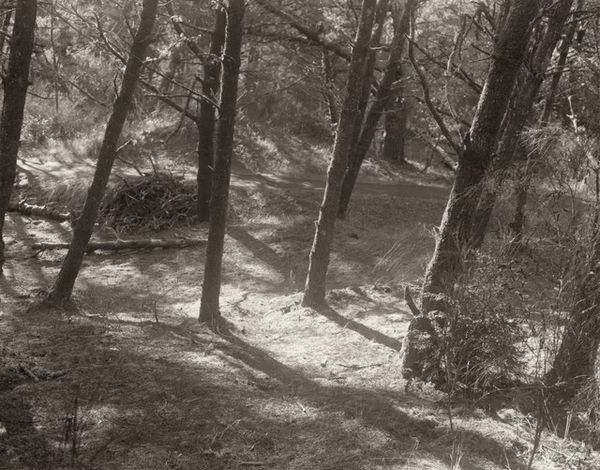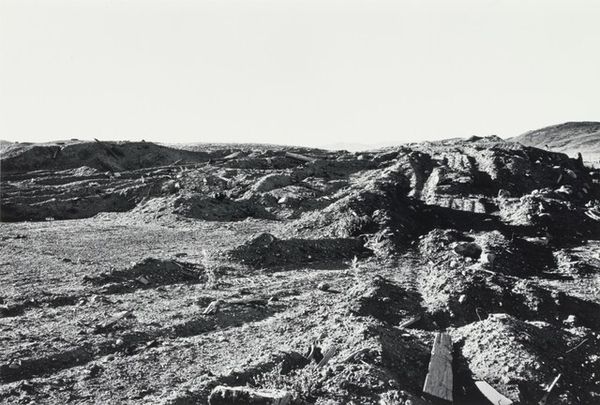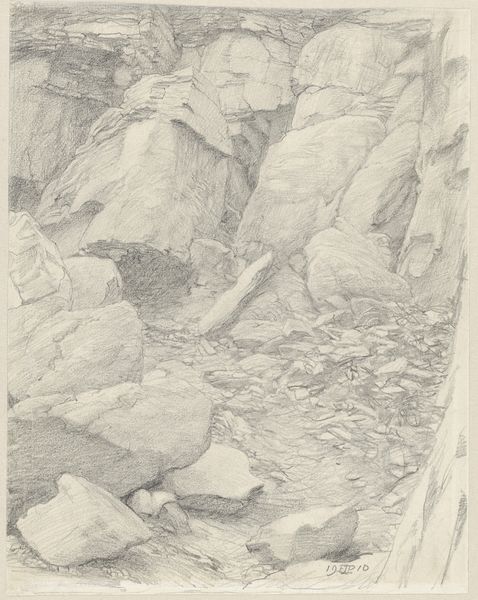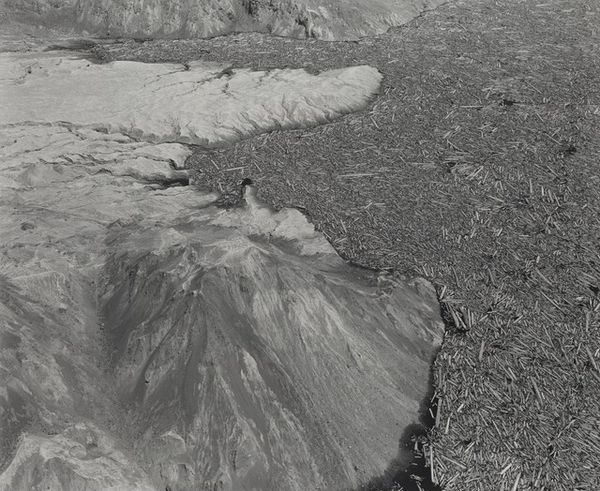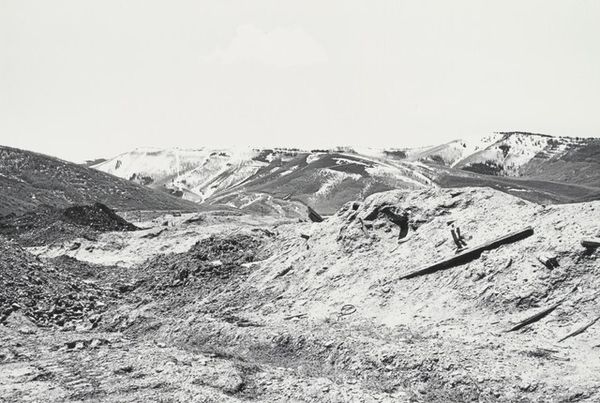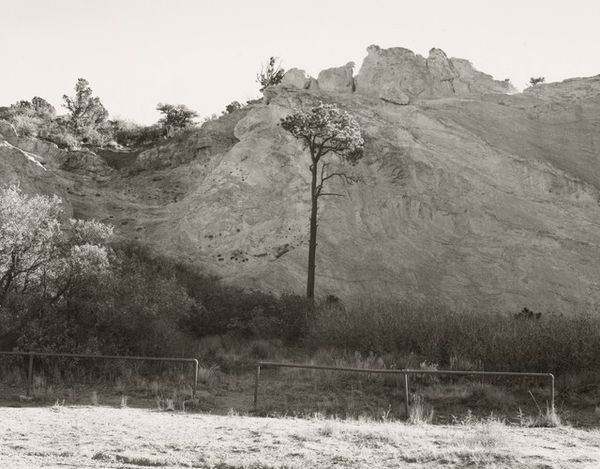
photography
#
conceptual-art
#
landscape
#
landscape
#
photography
#
realism
#
monochrome
Dimensions: image/sheet: 19.4 × 24.2 cm (7 5/8 × 9 1/2 in.) mount: 33.6 × 38.5 cm (13 1/4 × 15 3/16 in.)
Copyright: National Gallery of Art: CC0 1.0
Curator: Standing before us is Frederick Sommer's "Rocks (Utah)," a photograph from 1973. Sommer, known for his surreal and abstract compositions, presents us here with something seemingly more straightforward: a landscape of rocks. Editor: My first impression is weight, sheer weight. The monochrome palette emphasizes the textures and the density of the stones. There’s almost a crushing feeling, a geological claustrophobia. Curator: Exactly. And in the context of the American West during the 70s, Sommer's choice of subject echoes concerns around land use and environmental degradation, even if subtly. He studied with Edward Weston; this image displays an awareness of realism in the visual culture. Editor: And yet, it's more than just a document. Rocks have such ancient symbolic associations: stability, permanence, even refuge. Notice how they seem to almost tumble towards the viewer. Curator: Sommer, with his European roots, may have wanted to engage with mythic landscapes as seen throughout visual culture. The American West, here, serves as his stage for a re-imagining of the world, perhaps referencing Old World stories. Editor: Yes, I see echoes of classical ruins—fragmented grandeur and stoicism. They also could function as monuments. Are these metaphors for lost civilizations? Curator: Well, while this shot was captured in the state of Utah, Sommer may have hoped for something beyond locale. As a conceptualist, he could have tried to make a larger commentary. And despite Sommer’s stated disinterest in politics, this photograph participates in socio-political discourse whether intentionally or not. Editor: His technical mastery is impressive, the detail is immaculate; those granular textures… So in the end, "Rocks (Utah)" is deceptively rich with many different angles. Curator: Absolutely. Sommer offers an intersection of stark realism with deeper concerns over identity, visual tropes, and more. He made us reconsider our relationship with both artistic traditions and environmental history.
Comments
No comments
Be the first to comment and join the conversation on the ultimate creative platform.
